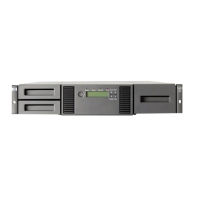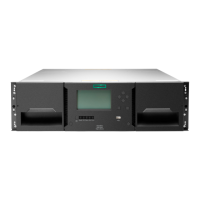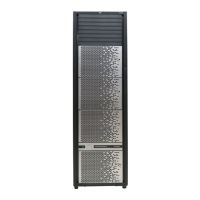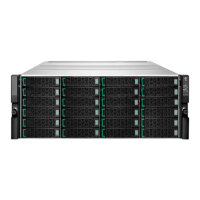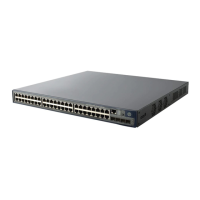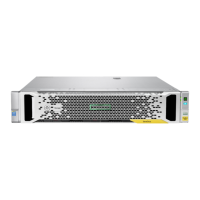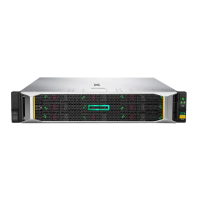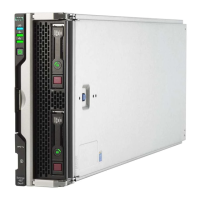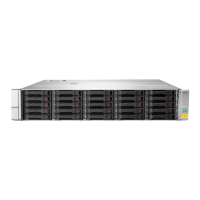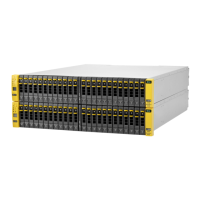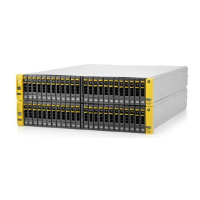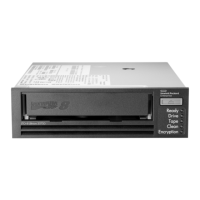28 Connecting hosts
NOTE: Access via HTTPS and SSH is enabled by default, and access via HTTP and Telnet is disabled by default.
Connecting two storage systems to replicate volumes
Remote Snap replication is a licensed feature for disaster-recovery. This feature performs asynchronous replication of
block-level data from a volume in a primary system to a volume in a secondary system by creating an internal snapshot of
the primary volume, and copying the changes to the data since the last replication to the secondary system via FC or
iSCSI links.
The two associated volumes form a replication set, and only the primary volume (source of data) can be mapped for
access by a server. Both systems must be licensed to use Remote Snap, and must be connected through switches to the
same fabric or network (no direct attach). The server accessing the replication set need only be connected to the primary
system. If the primary system goes offline, a connected server can access the replicated data from the secondary system.
Replication configuration possibilities are many, and can be cabled—in switch attach fashion—to support MSA 1050 FC
and iSCSI systems on the same network, or on different networks (MSA 1050 SAS systems do not support replication). As
you consider the physical connections of your system—specifically connections for replication—keep several important
points in mind:
• Ensure that controllers have connectivity between systems, whether the destination system is co-located or remotely
located.
• FC and iSCSI controller models can be used for host I/O or replication, or both.
• The storage system does not provide for specific assignment of ports for replication. However, this can be
accomplished using virtual LANs for iSCSI and zones for FC, or by using physically separate infrastructure.
See also paragraph above Figure 17 (page 29).
• For remote replication, ensure that all ports assigned for replication are able to communicate appropriately with the
remote replication system (see the CLI Reference Guide for more information) by using the
query peer-connection
CLI command.
• Allow a sufficient number of ports to perform replication. This permits the system to balance the load across those
ports as I/O demands rise and fall. If some of the volumes replicated are owned by controller A and others are owned
by controller B, then allow at least one port for replication on each controller module—and possibly more than one
port per controller module—depending on replication traffic load.
• For the sake of system security, do not unnecessarily expose the controller module network port to an external
network connection.
Conceptual cabling examples address cabling on the same network and cabling relative to different networks.
IMPORTANT: Remote Snap must be licensed on all systems configured for replication, and the controller module
firmware version must be compatible on all systems licensed for replication.
NOTE: Systems must be correctly cabled before performing replication. See the following references for more
information about using Remote Snap to perform replication tasks:
• HPE MSA Remote Snap technical white paper: MSA Remote Snap Software
• HPE MSA 1050 Best Practices: https://w
ww.hpe.com/support/MSA1050BestPractices
• HPE MSA 1050/2050 SMU Reference Guide
• HPE MSA 1050/2050 CLI Reference Guide
• HPE MSA Event Descriptions Reference Guide
• HPE MSA 1050 Cable Configuration Guide
To access MSA 1050 documentation, see the Hewlett Packard Enterprise Information Library:
https://www.hpe.com/support/msa1050
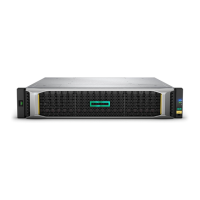
